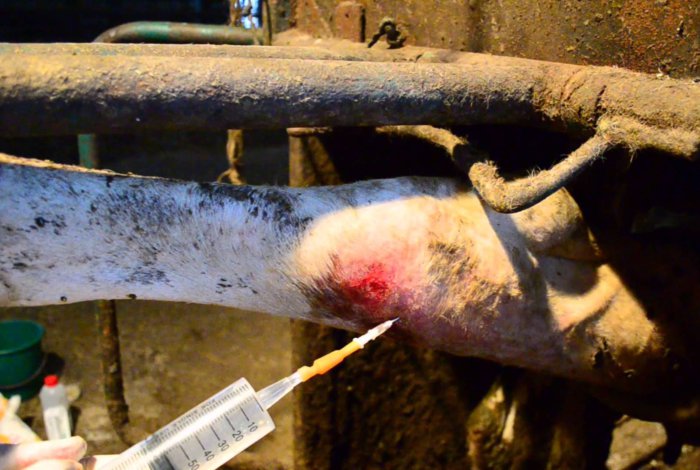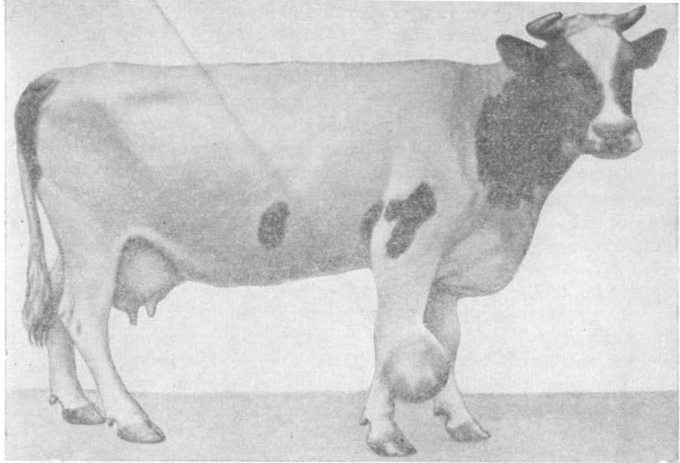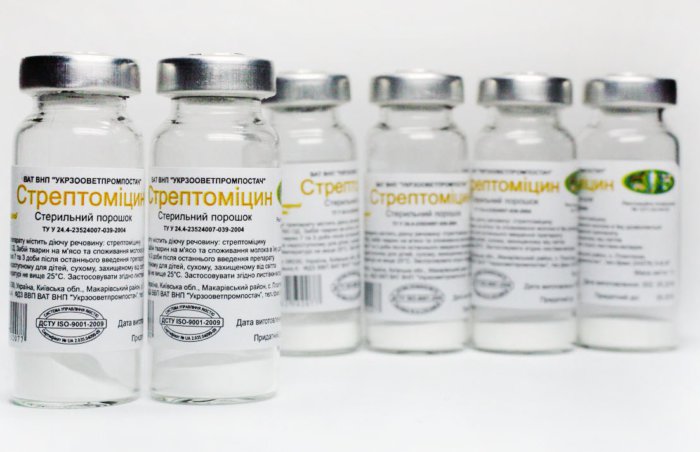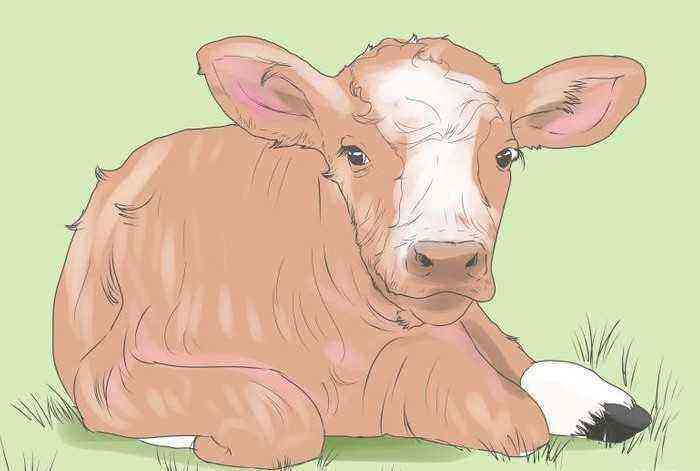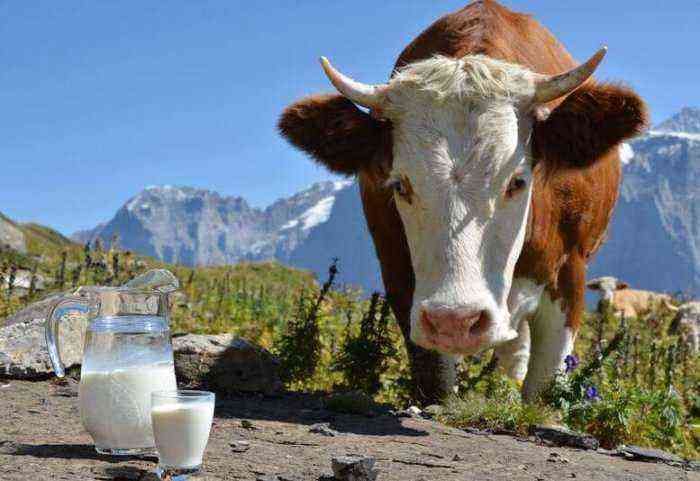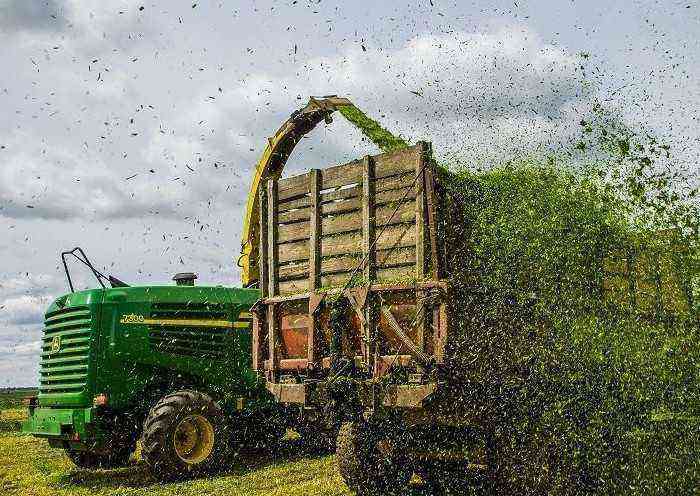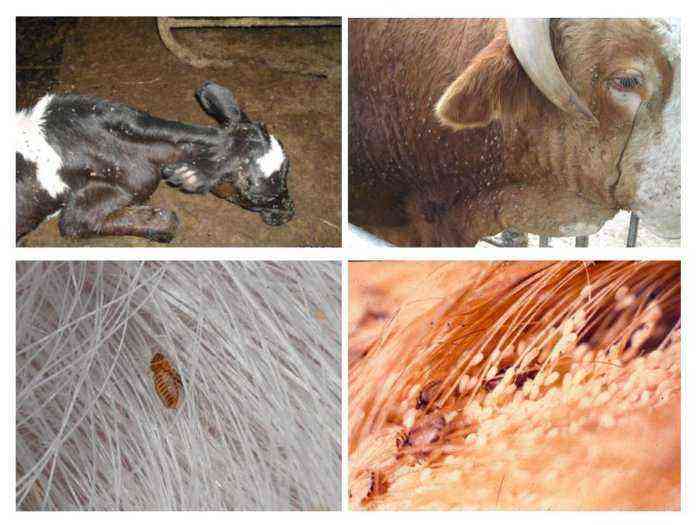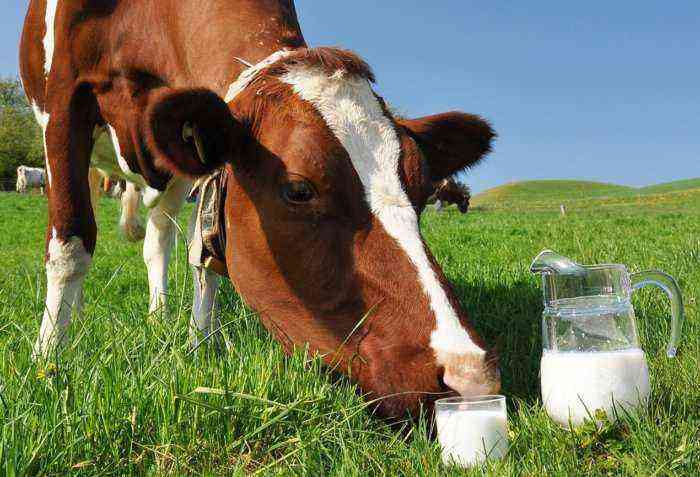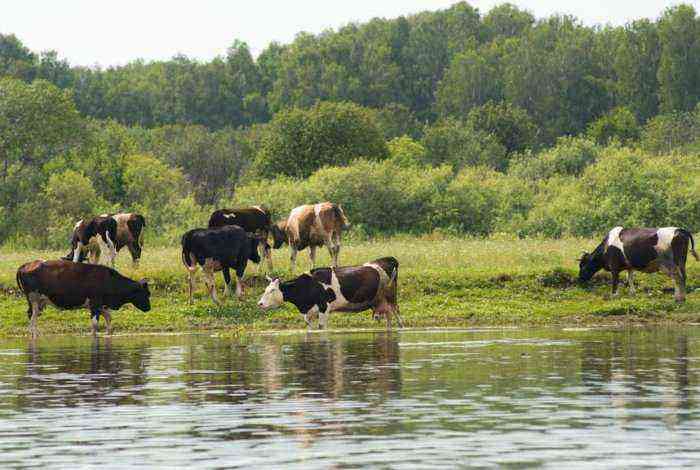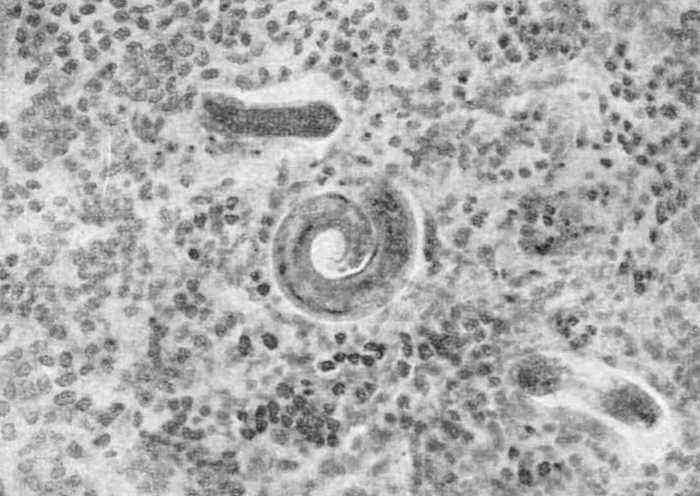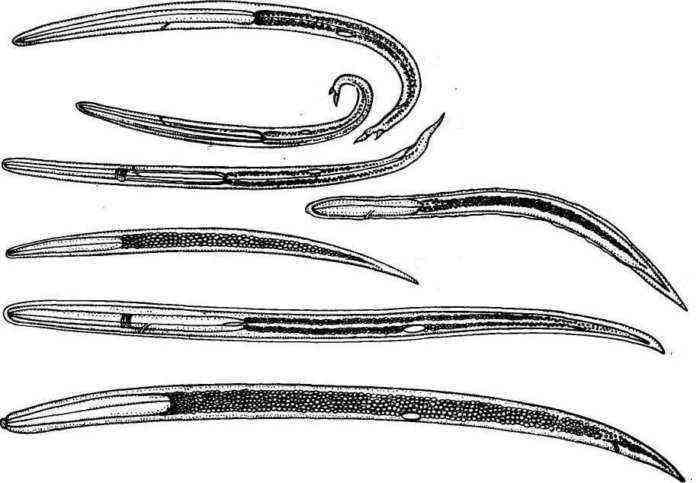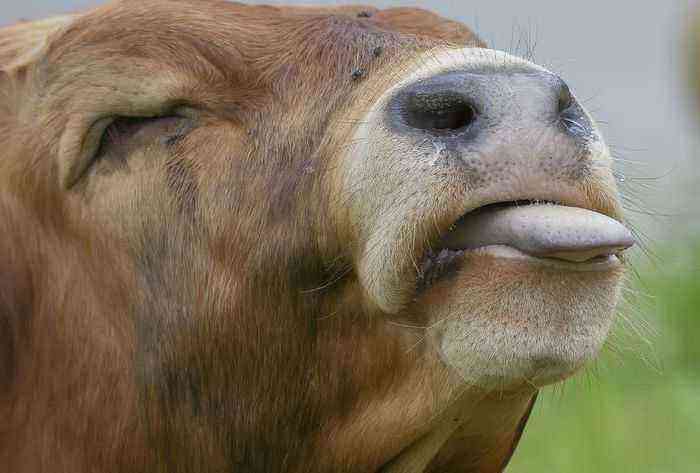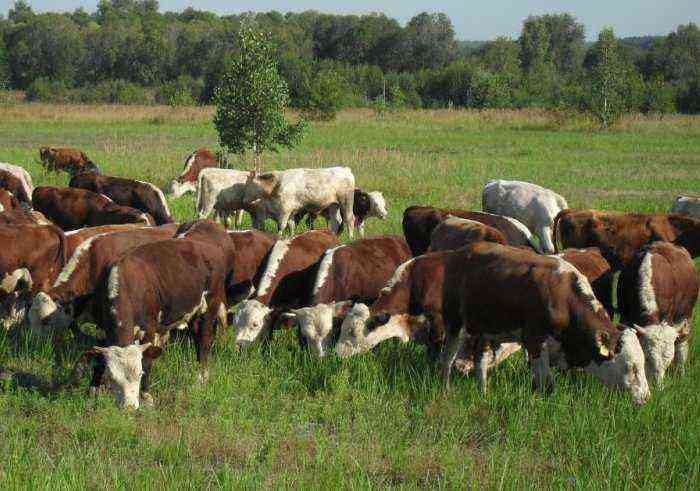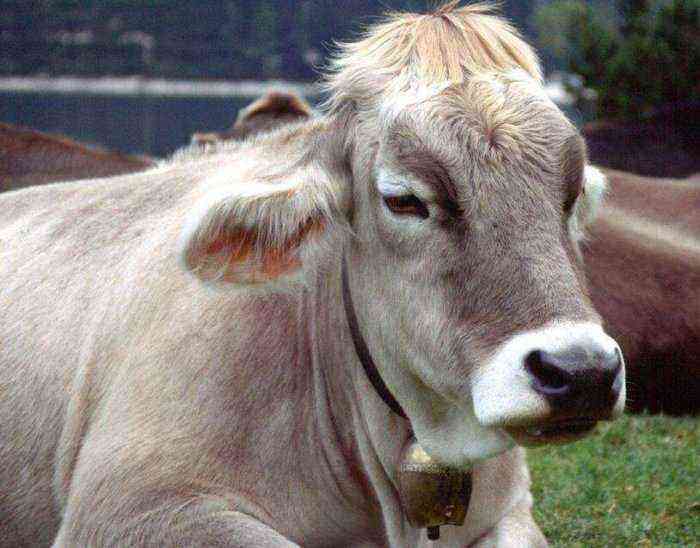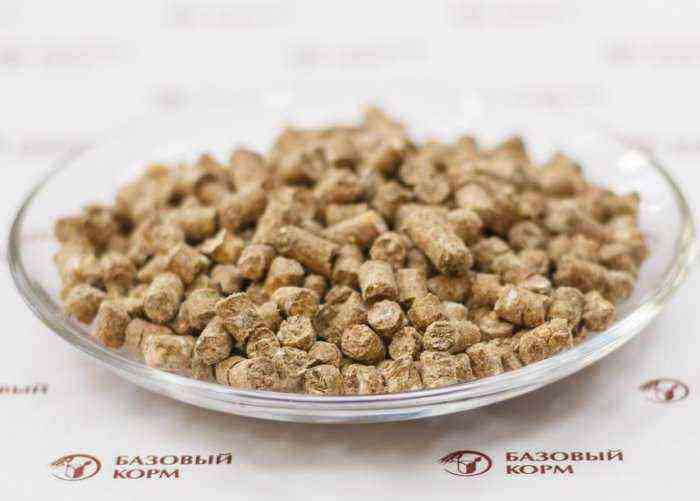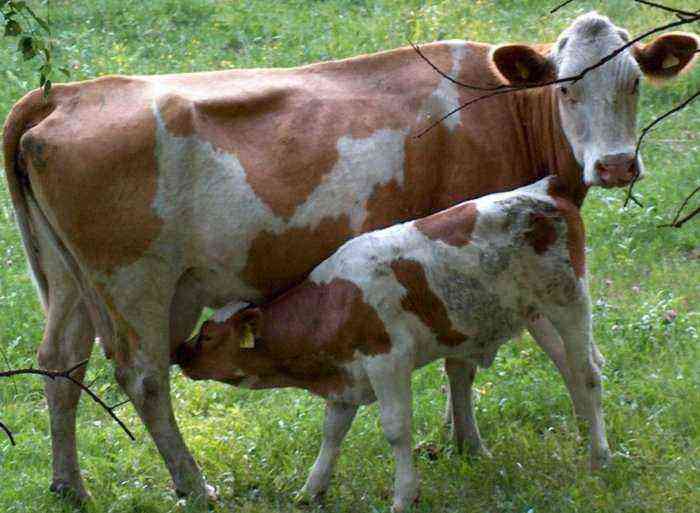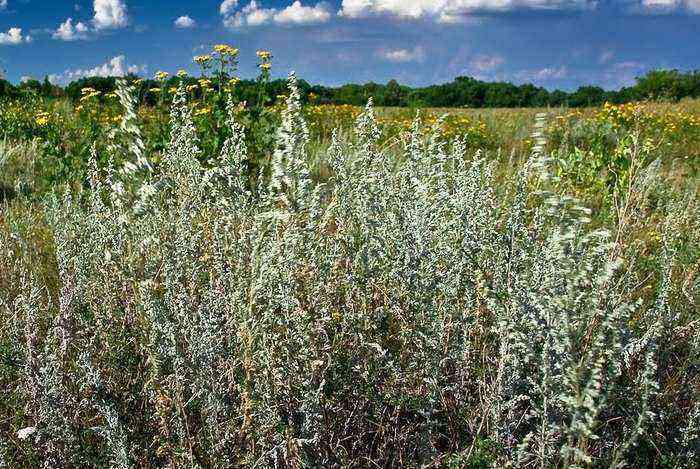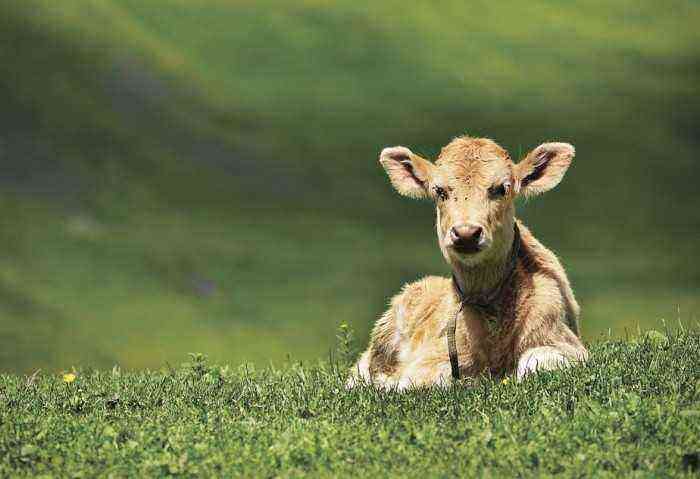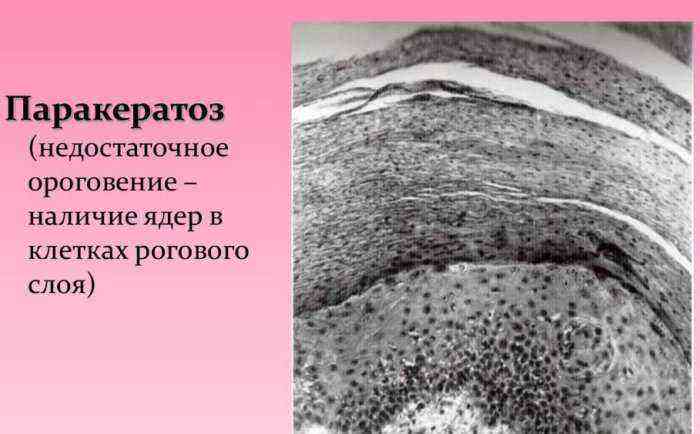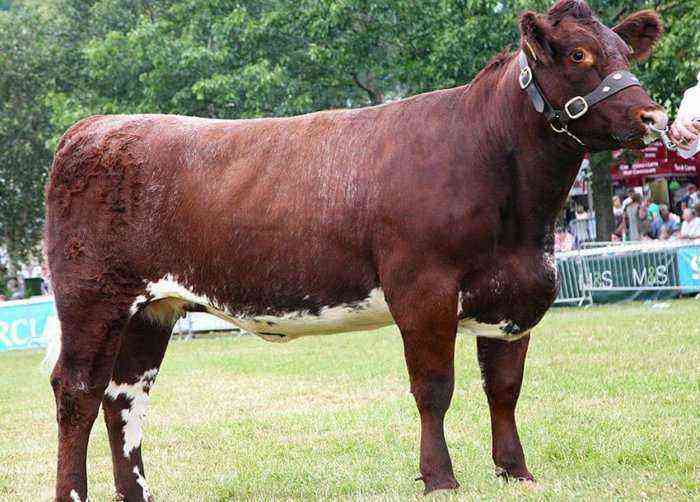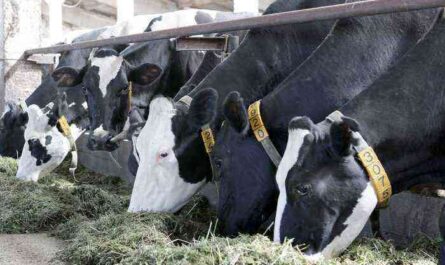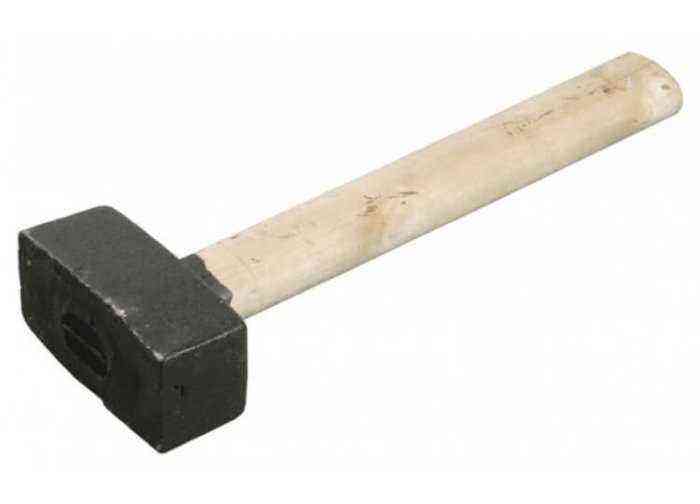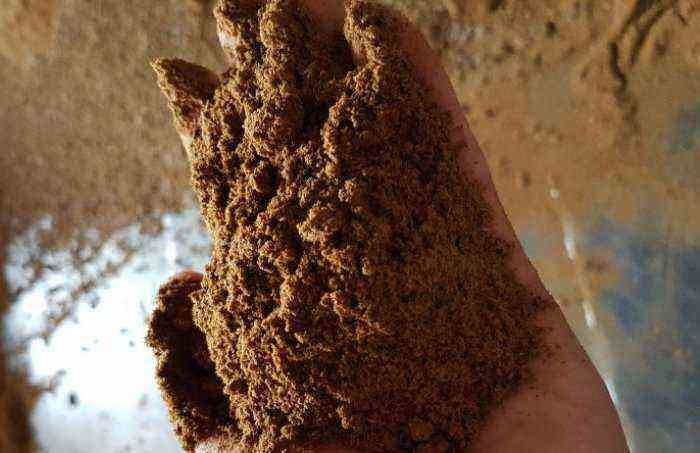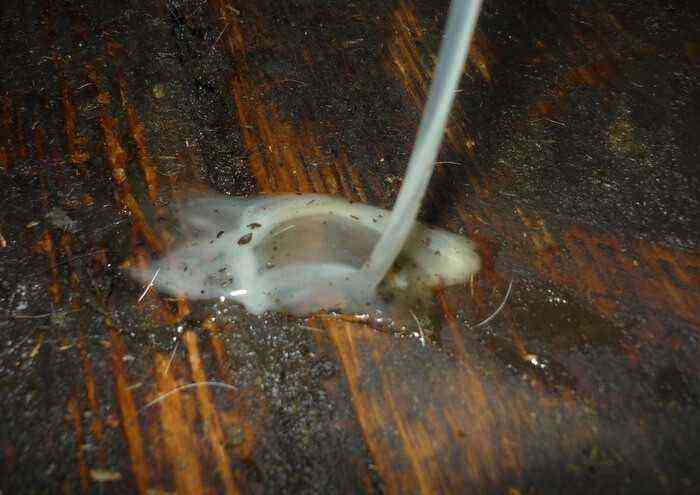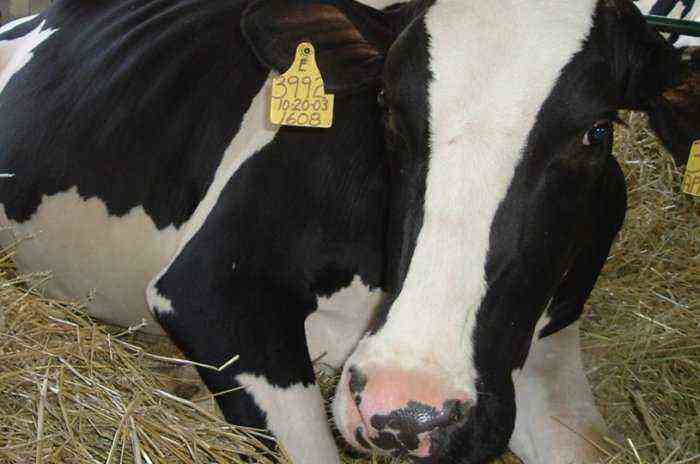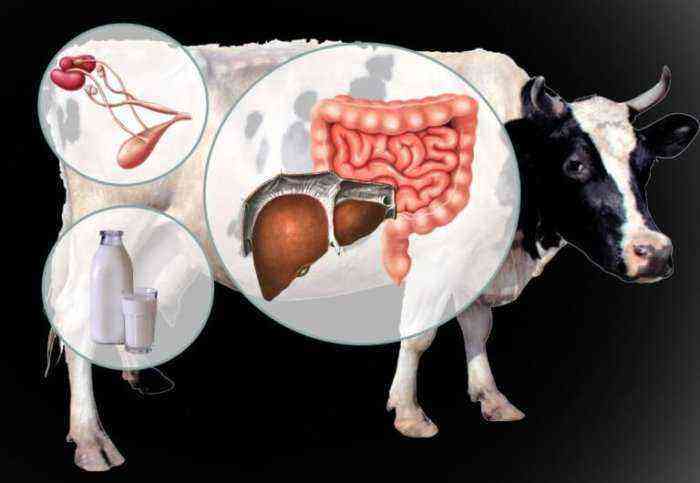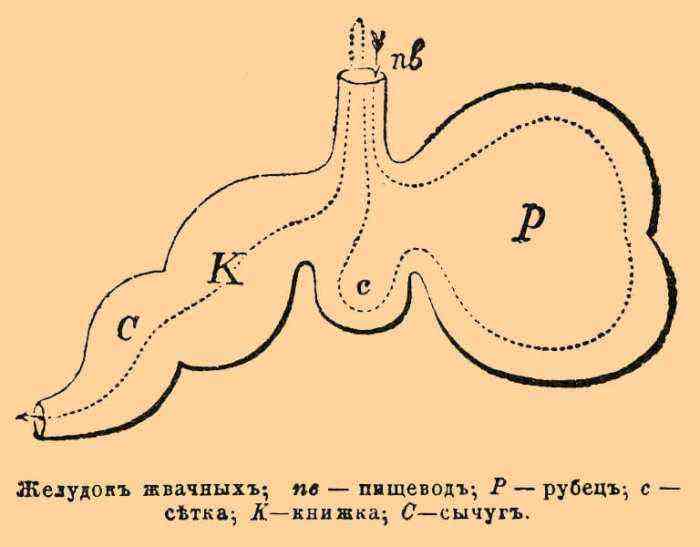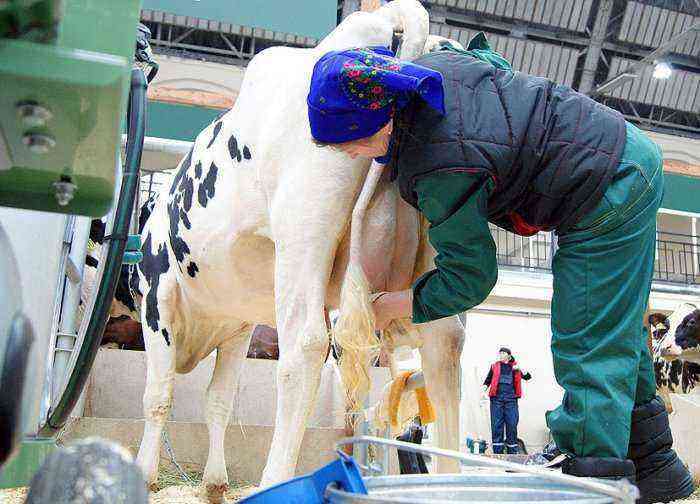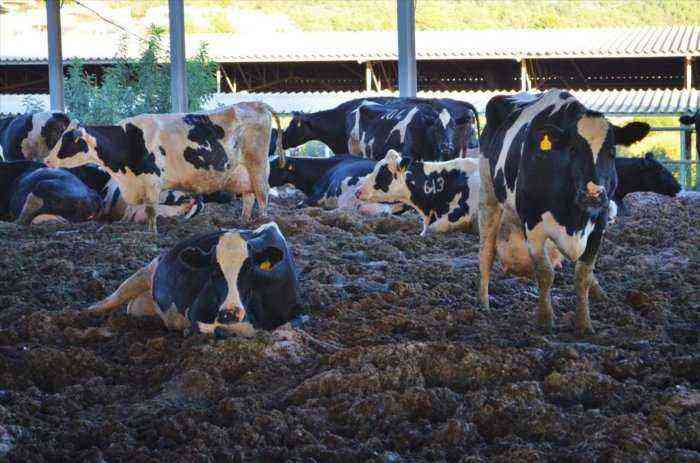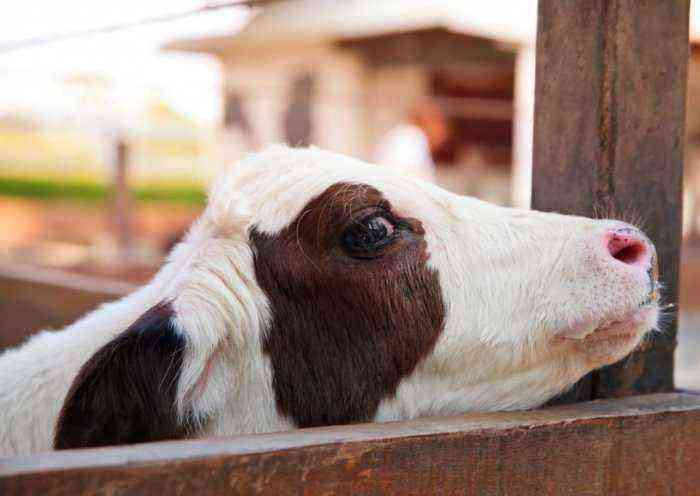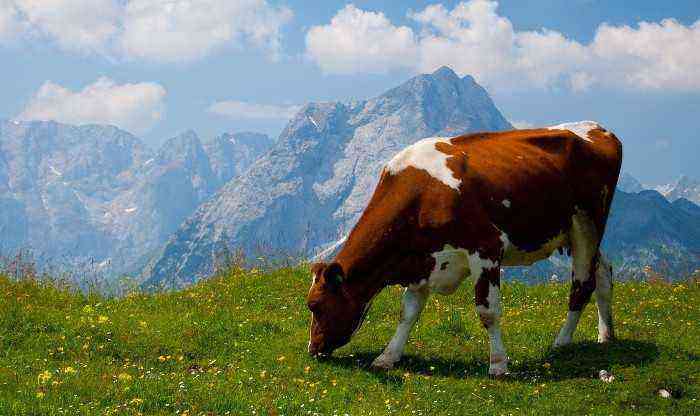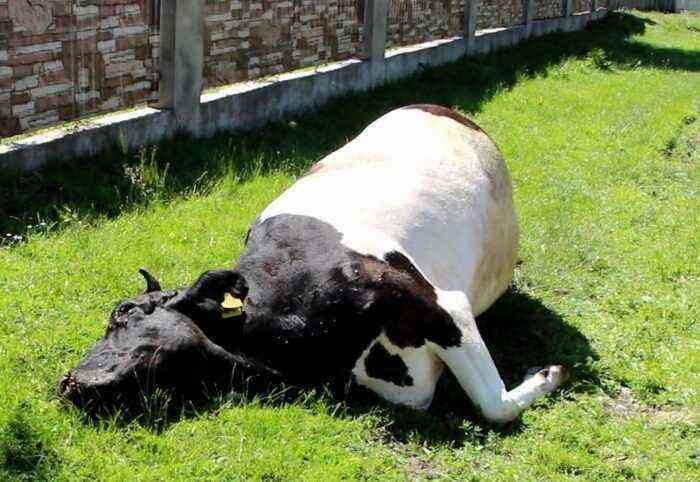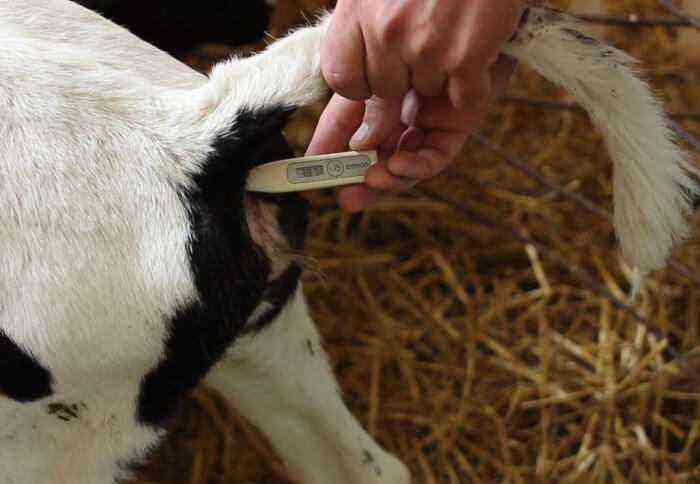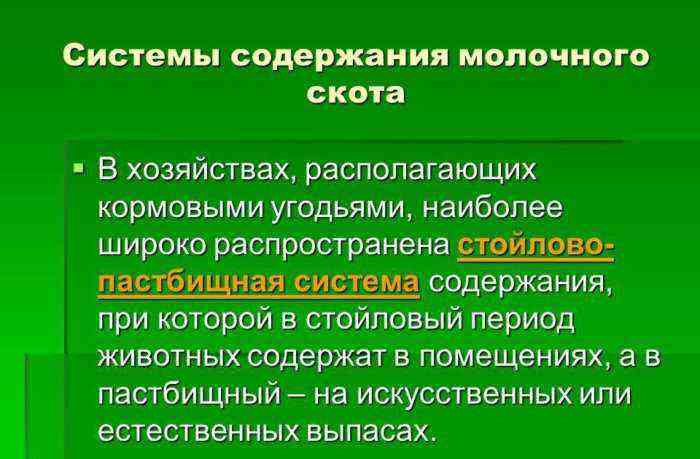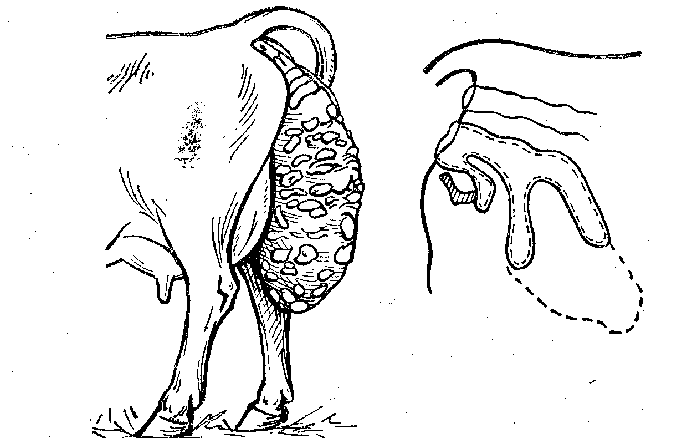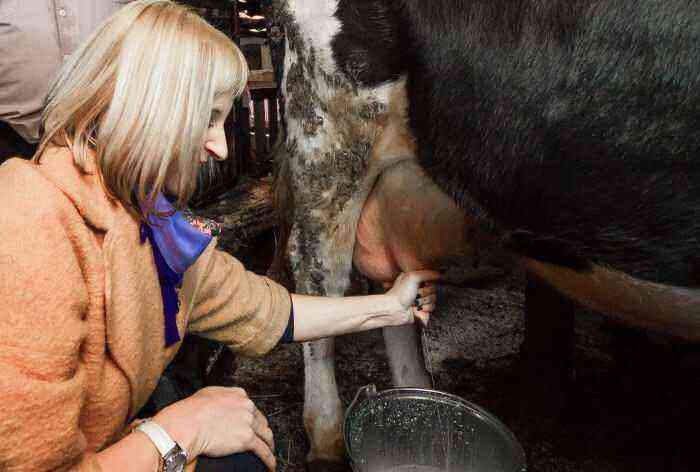Near the joint of the animal there is a closed cavity, which is formed due to the connective tissue. Bursitis in cows occurs after an injury to the limbs or due to infection. Inflammation of the synovial bags makes it difficult for the animal to move. The disease is indicated by the appearance of lameness. The injured limb visibly swells.
Treatment of bursitis in a cow
Origin of the disease
The disease occurs for several reasons:
- The cow received a bruised knee joint.
- The inflammatory process can begin after infection. The risk of developing the disease is increased due to tuberculosis, brucellosis and sepsis.
Breeders should be able to identify lameness. Gait deviation can be divided into several stages. With a mild degree of bursitis, the cow begins to limp. She takes short steps. In the process of walking, the animal does not focus on one leg.
Moderate lameness is characterized by the following symptoms:
- The cow begins to arch its back.
- To reduce pain, the animal is forced to shorten its steps.
- The cow does not want to step on the injured leg and often stops.
With severe lameness, the cow is unable to move. Any load is accompanied by severe pain.
Purulent appearance
Pathogenic bacteria can be in a latent state. They are activated after a bruise or injury. Suppuration of the wound leads to damage to the connective tissues in the joint area.
The animal develops purulent bursitis. Signs of an acute form include:
- severe pain and swelling of the tendons;
- the cow’s limbs begin to tremble, and lameness appears.
Purulent bursitis
The chronic form can be recognized by the formation of a purulent fistula. To make sure the diagnosis is correct, specialists pierce it.
Important! The formation of a large amount of mucus with an unpleasant odor indicates a purulent form of the disease.
Aseptic view
Physical injury can lead to serious complications. In the area of the damaged joint, an inflammatory process begins. The situation is exacerbated by the penetration of pathogenic bacteria. Negative consequences can occur after bruises due to improper arrangement of equipment in the barn.
Animals should not be kept in cramped quarters. The cause of the injury may be the presence of cows on the ice floor, without bedding.
ossifying
With a significant thickening of the walls of the bag, the bursa is connected to the bones. The tissues of the joints lose their former elasticity. Gradually, the swelling in the joint area acquires a spherical shape. It prevents the cow from moving normally.
When diagnosing, veterinarians identify serious disorders associated with metabolism. In a cow, the ratio of calcium and phosphorus in tissues changes dramatically. Ossifying bursitis is practically untreatable.
Serous
The following symptoms indicate serous bursitis:
- a yellow liquid forms in the area of the bruise;
- fluid accumulates in the bag, which leads to an increase in the size of the limb;
- the injured area is visibly swollen;
- the animal is in pain;
- in the future, he develops lameness.
Important! Upon receipt of a repeated injury, the process can go into a chronic stage.
Serous-fibrinous
Serous fibrinous bursitis
A sign of the disease is the formation of fibrin. This substance consists of a protein necessary for blood clotting. After a bruise in some animals, the skin grows together with the tissues of the synovial bag. Fibrinous bursitis is accompanied by the formation of a dense growth.
Important! An increase in the volume of the bursa leads to the fact that the animals are not able to bend the joints to the end. Cows develop severe lameness.
Therapies
At the first signs of acute aseptic bursitis, it is recommended to use alcohol dressings. To destroy pathogenic microorganisms in the injured area, it is necessary to introduce antibiotics.
Hydrocortisone is used to eliminate the symptoms of bursitis. Warm compresses can speed up the regeneration process. Veterinarians advise to massage the affected area. Previously, an ointment is applied to the joint area, which promotes the resorption of infiltrates.
If necessary, specialists resort to aspiration of exudate. An alcohol solution of iodine 5% is injected into the cavity of the bursa. Treatment of the purulent form of the disease is to remove dead tissue.
The specialist performs an autopsy of the bursa. The next step is scraping the mucous membrane. After that, a solution of Furacilin or Sulfacil is injected into the diseased joint.
The cavity is filled with gauze swabs soaked in cauterizing solutions. Novocaine solution is used to relieve pain. You can stop the inflammatory process due to Penicillin or Streptomycin. Experts recommend making hoof baths. To prepare the solution, zinc sulfate (10%) is used.
Streptomycin
Prevention
Injuries provoke the development of bursitis in cows. You can prevent inflammation of the joint bag if you follow a few rules:
- Stony and forested areas should not be chosen for grazing.
- Animals must not lie on the bare floor. You need to use pads.
- Bursitis can be caused by a variety of infections. In this case, do not delay the visit to the veterinarian.
- Pay special attention to the placement of inventory in the room where the cows are kept. It is necessary to minimize the collisions that occur due to the slowness of the animals.
- When transporting cows, follow the safety rules.
- Cows need to be fed quality feed. Various trace elements must be present in the animal’s diet.
